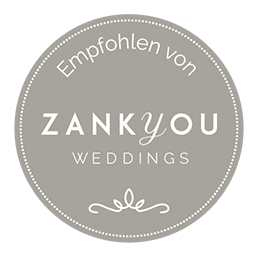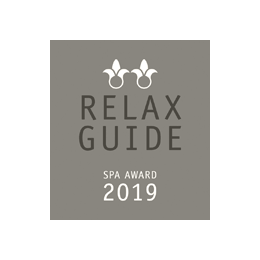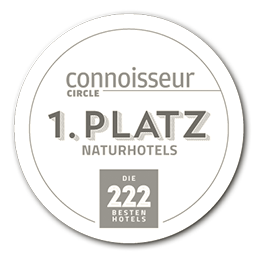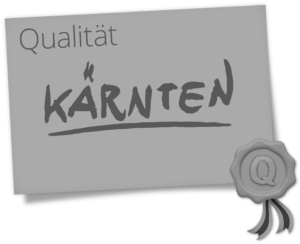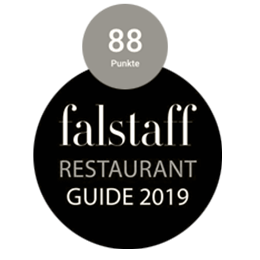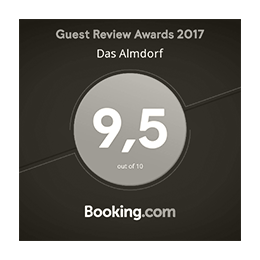Agility Course
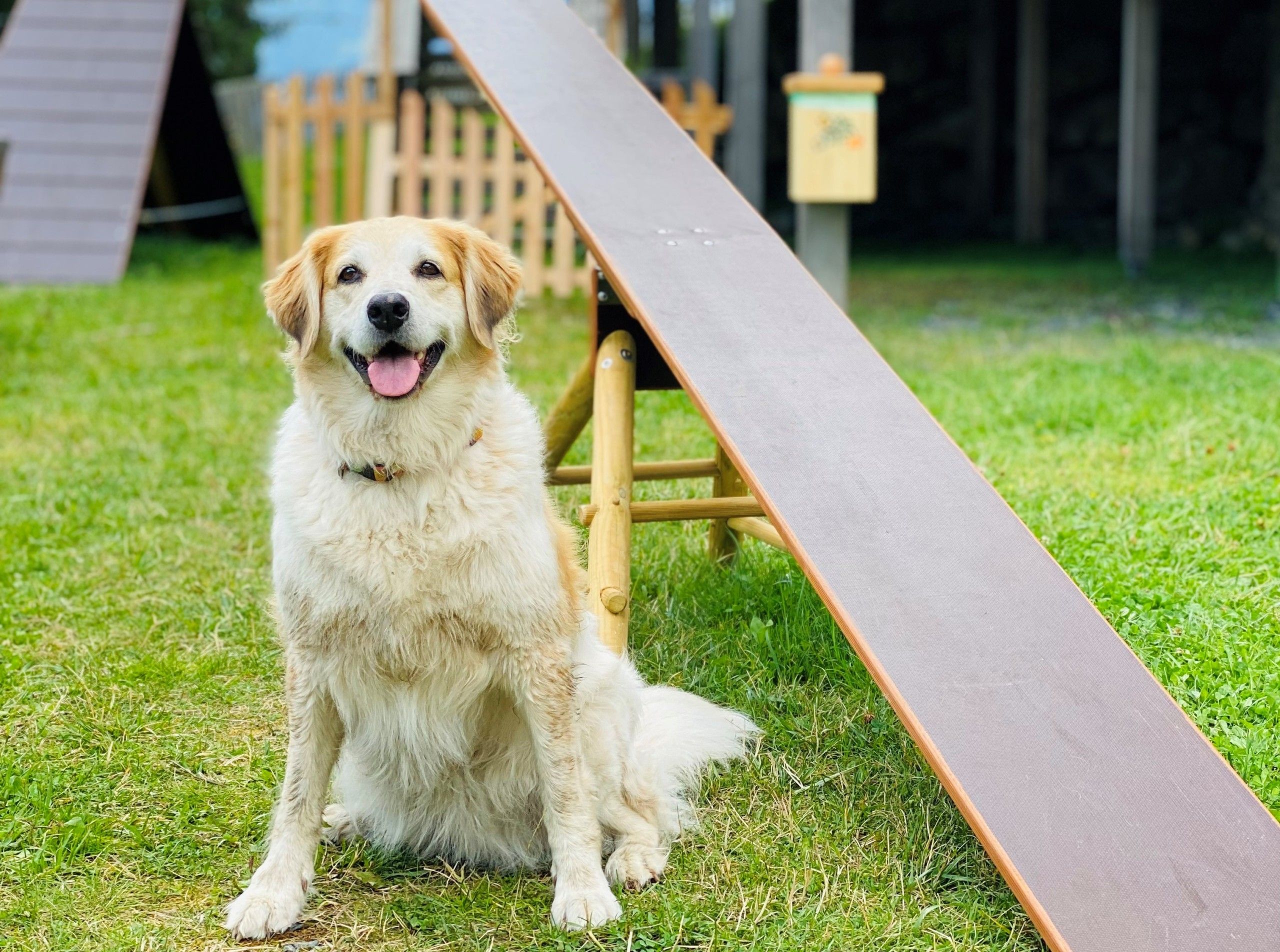
Agility Course / Dog Playground
Agility is a great sport for most four-legged friends that can be practiced in different degrees of difficulty. Our Almdorf Seinerzeit agility course offers different possibilities including cooling off afterward.
Mutual trust
By leading your dog over, under, and through different obstacles, you strengthen his confidence in you. Playing together fosters a stronger bond.
The Parcour Explanation:
Slalom
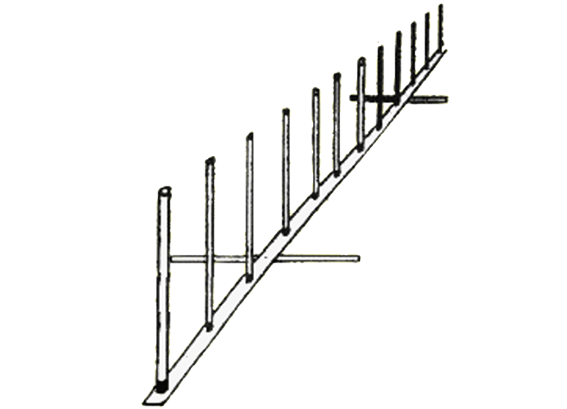
The slalom is the most difficult of all agility obstacles. The dog must “thread” correctly between the first and second poles without leaving the slalom prematurely.
When threading, the first rod must be on the left shoulder of the dog, the second pole on his right. An error in threading can be a refusal. Premature threading costs five error points and valuable seconds, as the dog must either thread correctly again at the error point or (depending on the choice of the dog handler) must repeat the whole slalom. Re-threading costs error points.
The slalom can consist of 8, 10, or 12 posts at least 1 m long, the distance of the posts is 50 to 65 cm.
Long Jump
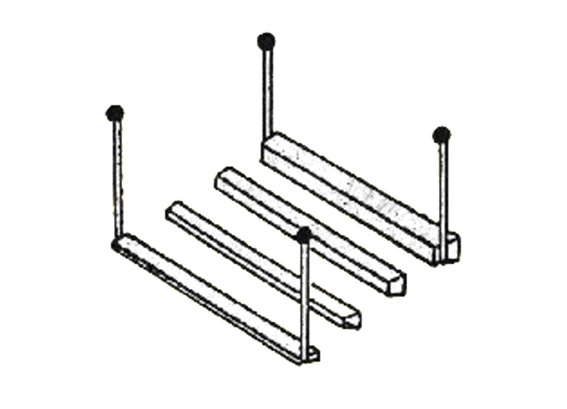
The long jump is composed of three to five slightly sloping elements, each about 15 cm wide and at least 120 cm long. The long jump is set in such a way that the total length to be cleared is 120 to 150 cm. The foremost, lowest element is 15 cm high, the rearmost element 28 cm. The four corners are marked by 120 cm high rods, which are not rigidly connected to the jumping elements and are provided with protection at the top.
Five error points are awarded when an element is touched or overturned, or a paw is placed on the ground between two elements. Walking in the long jump or skipping at an angle counts as refusal.
Seesaw

The seesaw is the most difficult of the contact zone obstacles. The dog must find the right tipping point to trigger the seesaw. If the dog is too hesitant, does not tilt the seesaw, runs too fast over the seesaw, or the rear part of the seesaw has not yet touched the ground when the dog leaves the seesaw then five error points will be given.
The tread of the seesaw is 30 cm wide and 365 to 425 cm long, the height of the centre axis above the ground is one-sixth of the total length of the seesaw. The lowest 90 cm of staircase and exit are marked in colour as contact zones.. The dog must touch these contact zones with at least one paw, otherwise, he will be given five error points (for both contact zones).
Inclined wall

The inclined wall is also called A-wall due to its shape.
It is at least 90 cm wide at the top, and the lower part can be 25 cm wider. The height is 190 cm and minimum of 170 cm..
The lowest 106 cm of the staircase and exit are marked in colour as contact zones. The dog must touch these contact zones with at least one paw, otherwise, he will be given five error points (five for both contact zones).
Table
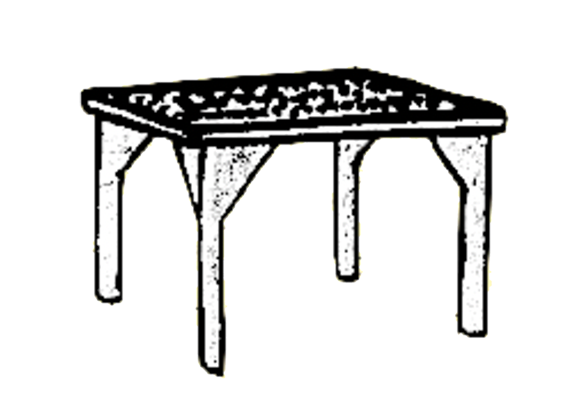
The table is a special obstacle. The dogs try to be as fast as possible throughout the course, however on the table, they must be patient and stay in the “sitting” and “standing” positions for five seconds (class A I: “sitting” position only).
The table is square and has an edge length of 90 to 120 cm. The height is 60 cm and a minimum of 35 cm. The surface must be non-slip.
Tank
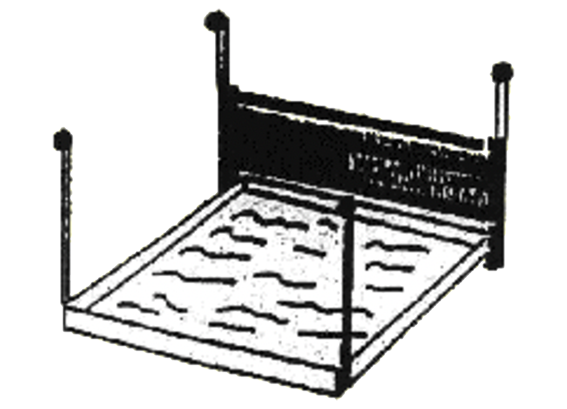
To cool off after their sporting activity, we built a water basin for your four-legged friends. There is not much to say here except: Have fun splashing around!
